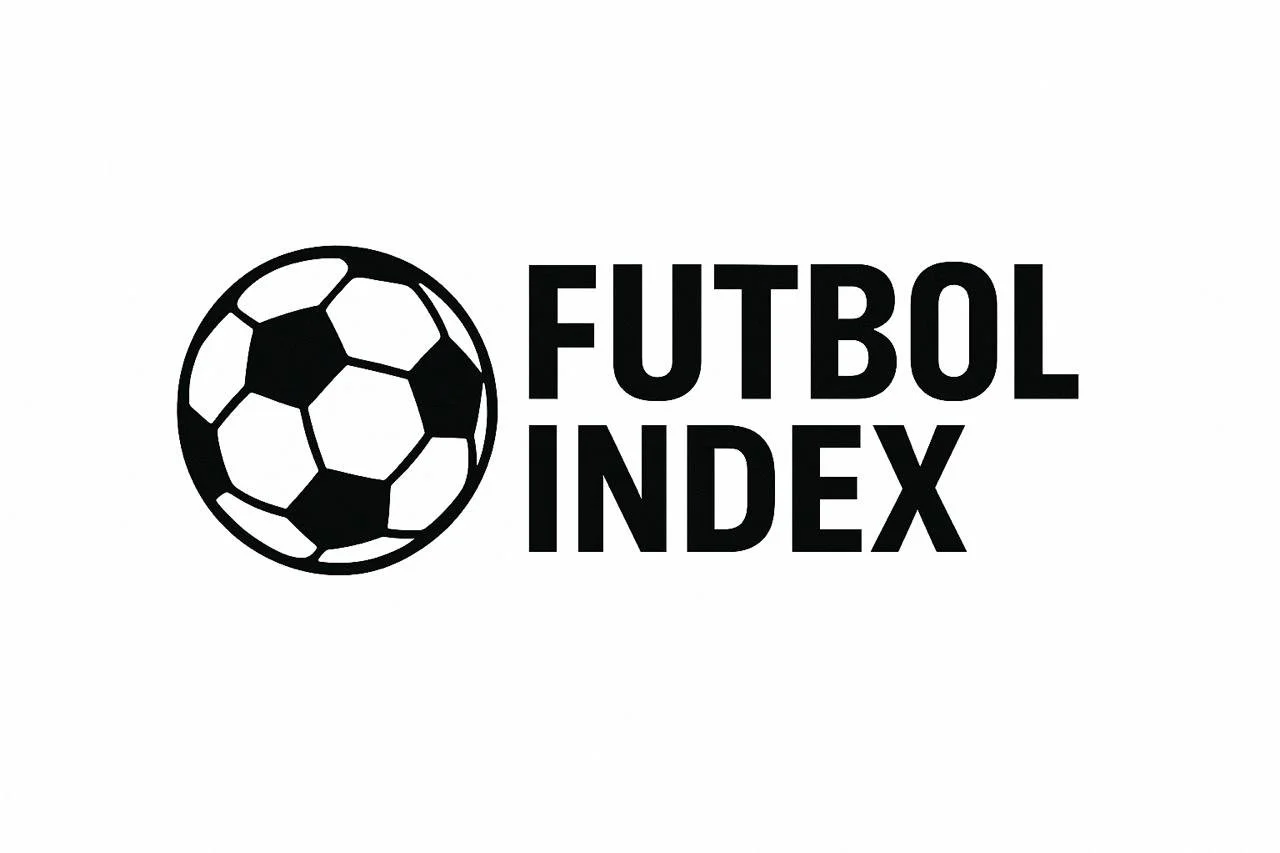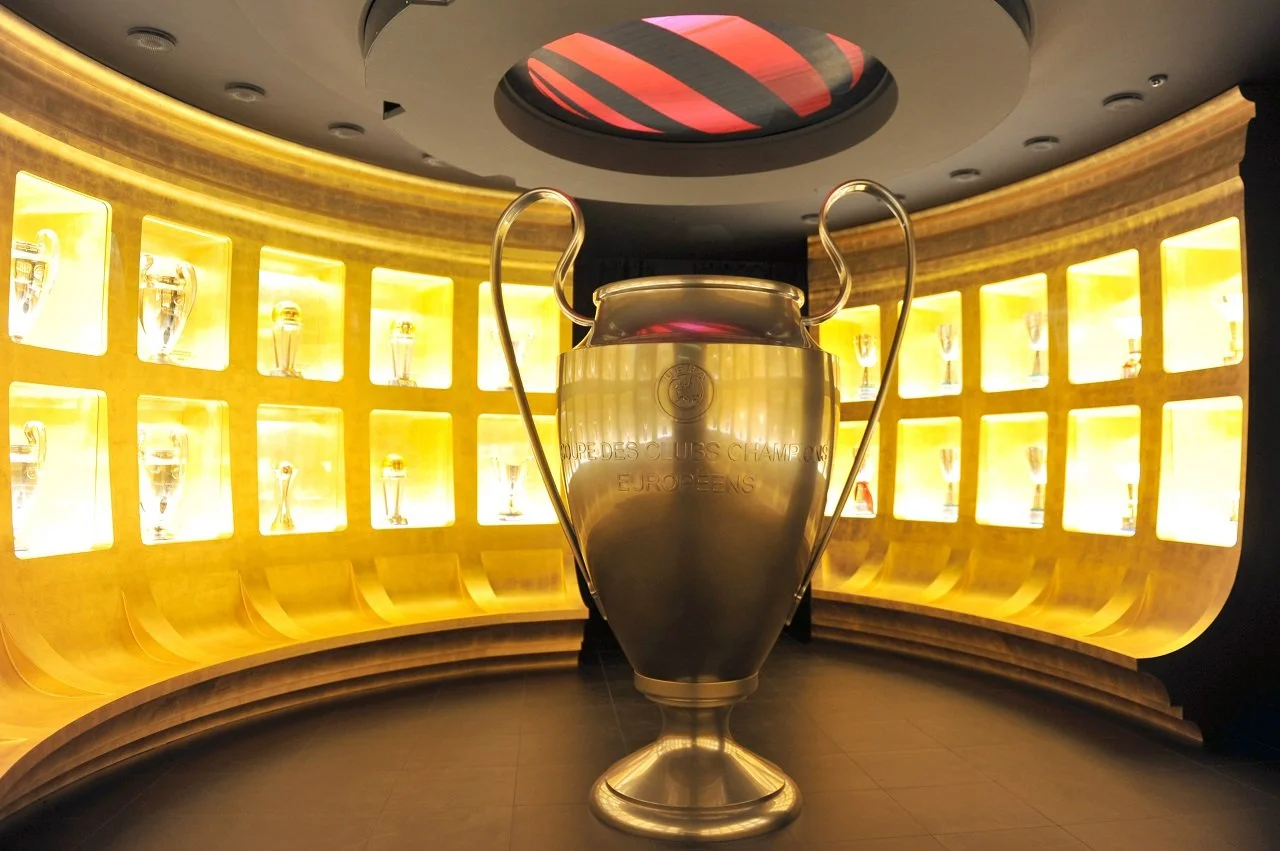25/26 Transfer Review: AC Milan
AC Milan has undergone a radical transformation this summer, a true revolution that reshaped almost three quarters of the squad. This was not a matter of small tweaks or marginal adjustments, but a deep reconstruction, the sign of a club that no longer wants to remain trapped in the disappointments of recent years. The management, now led by CEO Giorgio Furlani, new sporting director Igli Tare, and Gerry Cardinale (president and owner through RedBird Capital Partners) chose to make a bold statement: sell in order to rebuild, invest in order to relaunch.
Cardinale, an American entrepreneur of Italian descent, has built a long career in finance, first at Goldman Sachs and then through the founding of RedBird Capital. His takeover of Milan in 2022 represented not only a change of ownership, but above all a change of mentality. A man of sport in every sense, with investments in Major League Baseball (part ownership of the New York Yankees) and in the NFL (through On Location), Cardinale brought to Milan a modern, American-style vision: a privately owned stadium, financial sustainability, brand development and global growth. He is not a president who lives on nostalgia, but an investor who looks to the future and expects the club to become a fully-fledged international sports enterprise.
Against this backdrop came one of the most eventful transfer campaigns in recent memory. On the incoming side, the standout signings were Ardon Jashari, the Swiss midfielder bought from Club Brugge for more than 30 million euros, and Samuele Ricci, acquired from Torino as a medium to long-term investment. On the flanks, the big move was Pervis Estupiñán, taken from Brighton to replace Theo Hernández, while in defense Milan secured Koni De Winter from Genoa, considered one of Serie A’s most promising young center-backs. Alongside them came to the surprise of many, Luka Modrić: the former Ballon d’Or winner, joining on a free transfer. The move for the Croatian legend represents not only technical quality but also leadership and identity for a team in transition. From the Swiss league arrived Zachary Athekame of Young Boys, a young forward expected to grow into his role in a Milan shirt, and full-back Terracciano was added at zero cost. In total, seven signings for more than 100 million euros, plus bonuses.
If the arrivals tell the story of ambition, the departures reflect the need to rebuild. Key figures left, such as Tijjani Reijnders, sold to Manchester City for around 60 million euros, Theo Hernández, who moved to Al Hilal, and Malick Thiaw, transferred to Newcastle for 35 million euros. Altogether, fifteen players left Milanello, generating more than 150 million euros in revenue, plus bonuses and fixed buy-out clauses. These were not just technical choices, but part of a precise strategy: to build a younger, more sustainable team without sacrificing international credibility.
The summer of 2025 cannot therefore be read only in terms of net spend. It was an act of both courage and necessity. The failure to qualify for the Champions League had left a hole in the accounts, and major sales helped balance the books while still allowing for ambitious reinvestment. At the same time, the leadership wanted to send a message: this club will not live off regrets but intends to relaunch itself immediately.
Here is where history plays its part. Milan is not just any club; it is the team that has won seven Champions League titles, more than any other in Italy. This tradition cannot be ignored, but today it must be transformed into fuel for the future. If in the 1980s and 1990s Silvio Berlusconi’s Milan built a dynasty based on world-class players and innovative vision, the Milan of Cardinale and Furlani must now attempt a rebirth with different tools: financial sustainability, modern infrastructure, and a transfer strategy that balances present needs with long-term growth.
The most sensitive point today, however, is the relationship with the organized fan base. The Curva Sud has entered into open conflict with the club and with the new access rules: after the “Doppia Curva” investigation and the decisions taken by the Milanese clubs, many ultras were denied season ticket renewals; traditional banners have been banned in the Curva, and security checks have become much stricter, with severe limits on name changes and ticket transfers. The reaction has been fierce: protests, coordinated silences at San Siro, statements denouncing an “authoritarian regime,” and, in some cases, the choice not to enter the stadium at all. It is a short circuit that is shaping the atmosphere of the season’s opening matches.
The challenge awaiting Massimiliano Allegri, called to guide this renewed team, is anything but simple. He will need to blend experienced players like Modrić with youngsters waiting for confirmation, such as Jashari, Ricci and De Winter. He will need to manage the emotional weight of losing major stars without allowing their absence to become an excuse. And he will have to turn a squad full of new faces into a cohesive group, competitive in Serie A and in the Europa League.
The final judgment, as always, will come from the pitch. On paper, Milan may appear weaker in some areas and stronger in others. But beyond the immediate technical balance, what truly matters is the direction taken. This is not a team built to float, but one designed to grow. It is a Milan that takes risks, that dares, that accepts breaking with the recent past in order to open a new cycle.
The inevitable question for many fans is this: will it be enough to compete again at the highest level? Perhaps not right away. Yet the feeling is that the club has finally chosen a clear path. No longer a transfer market built on patchwork solutions, but a genuine project, supported by ambitious ownership and a management team ready to prove they can handle the pressure.
History teaches us that Milan’s cycles have never been born from conservatism, but from radical choices. It happened with Sacchi, with Capello, with Ancelotti. Today it may happen again, with a squad carrying the weight of its glorious tradition while eager to shed its recent uncertainties. The summer of 2025 will be remembered as the moment Milan turned the page. Whether it marks the beginning of a new era, only the pitch will tell. But one thing is beyond doubt: Milan has decided not to live on memories any longer, but to build a future worthy of its name.


